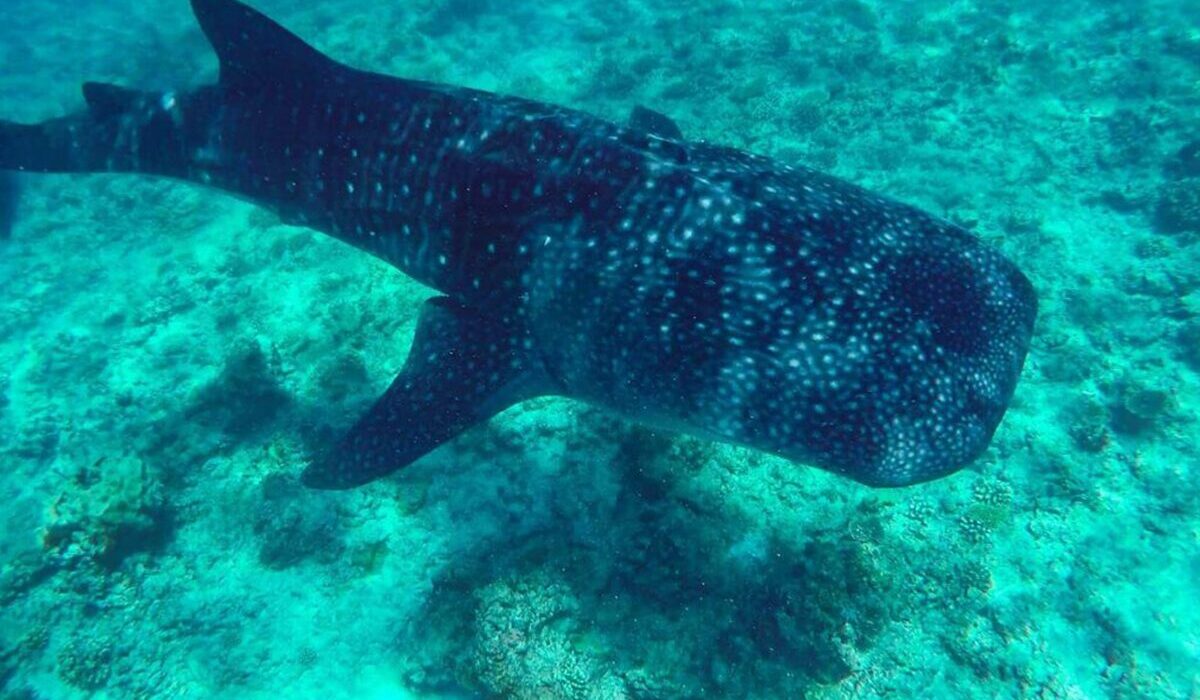The government has introduced new safety regulations requiring all boats transporting tourists to the South Aari Marine Protected Area (SANPA) to install propeller guards. The decision comes after a series of accidents in the area, including a recent fatal incident involving a tourist.
According to the Environment Ministry’s plan released on Monday, boats carrying tourists to SANPA must install propeller guards within the next three months. Other vessels operating in the area have been given 12 months to comply with the new rule.
SANPA, which was designated as a protected area in 2009, is a 1-kilometer stretch located between the northwest of Rangali Faru and the northern tip of Dhigurah. It is known for its dense greenery and is a popular destination for tourists.
New Regulations for Marine Activities
In addition to the propeller guard requirement, all boats offering snorkeling and diving activities in SANPA must be registered with the Environmental Protection Agency (EPA) within the next three months. Registration can be completed online through the government’s ‘OneGov’ platform.
To manage visitor numbers and protect the environment, the policy limits the number of people allowed to enter the water at one time to 60. Furthermore, only four boats will be permitted to anchor in the SANPA area at any given time.
Speed Limits Near Whale Sharks
The policy also sets new rules for boats operating near whale sharks, which are commonly seen in the area. A 250-meter “contact zone” has been designated around whale sharks, allowing only three boats to operate within it at a time. Boats in this zone must not exceed a speed of five knots per hour, while those within 50 meters of a whale shark must reduce their speed to two knots per hour. However, in emergencies, vessels are allowed to leave the contact zone at speeds above five knots.
Whale sharks were classified as an endangered species by the International Union for Conservation of Nature (IUCN) in July 2016. The government’s new regulations aim to ensure the safety of both tourists and marine life in one of the country’s most significant protected areas.



